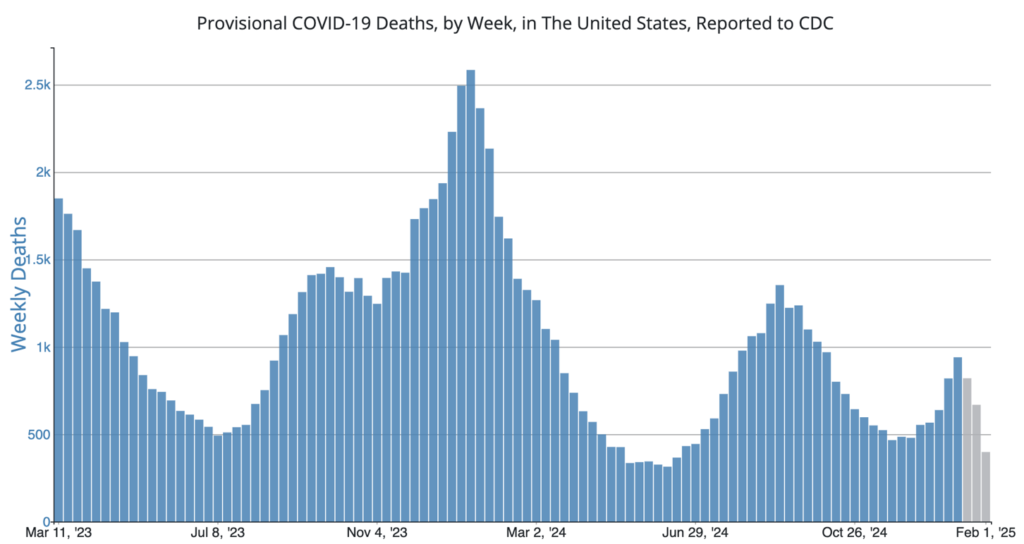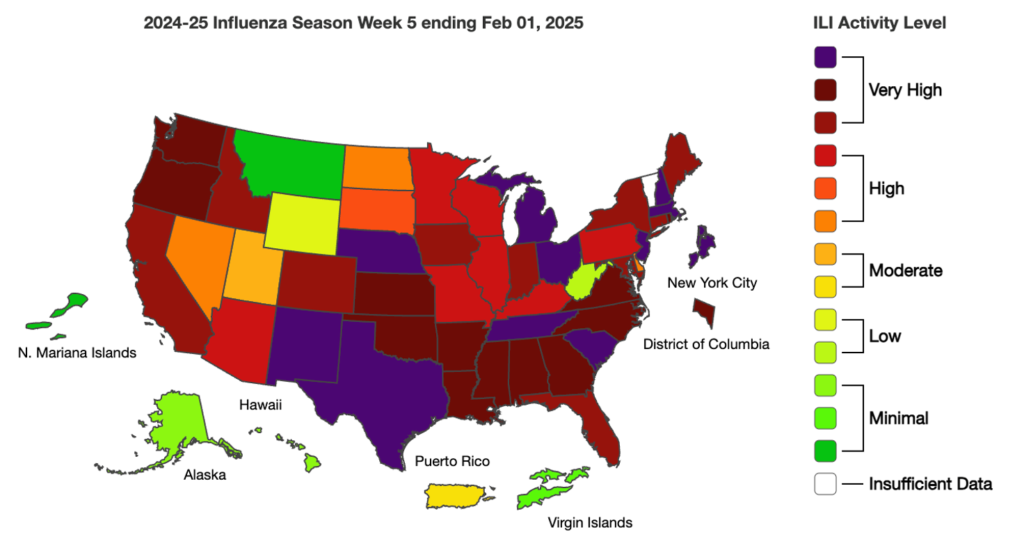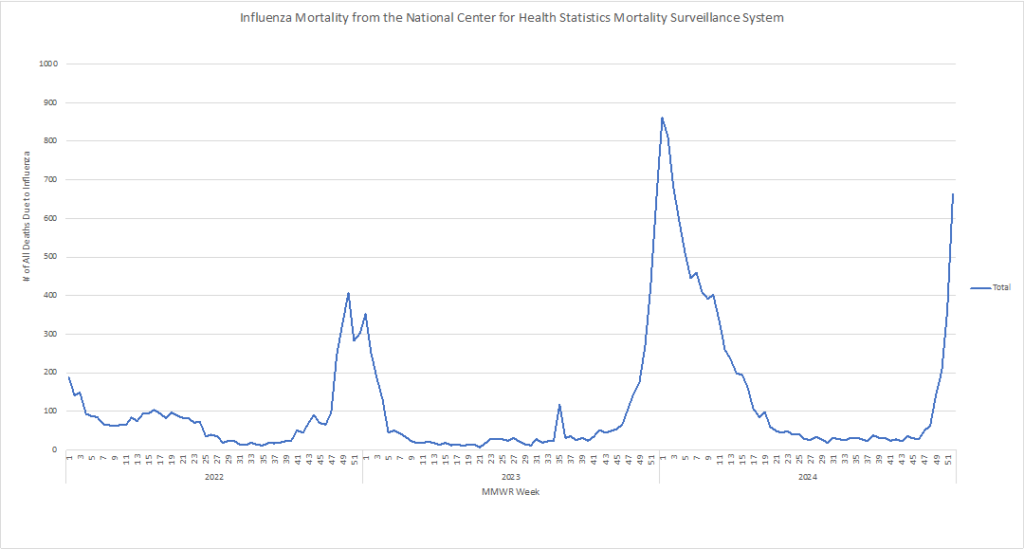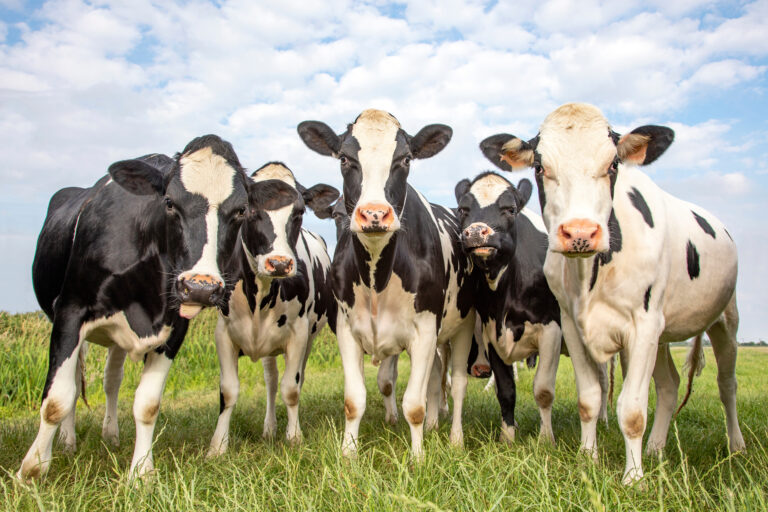With a second H5N1 genotype, D1.1, detected in dairy cattle in Nevada and H5N1 confirmed in poultry flocks in at least 9 states since February 6, avian flu continues to circulate.
The D1.1 genotype is generally found in migrating birds, providing yet another example of the spillover interaction between the migrating bird strain and animals that continues. The D1.1 genotype was confirmed by APHIS whole genome sequencing of milk, originally detected through silo testing conducted as a part of state tracing and investigation. It is the first detection of the genotype in cattle, and emphasizes the continuing importance of milk testing and the National Milk Testing Strategy, in which 36 states are enrolled.
Nevada officials are also removing nuisance populations of European starlings which are non-native and generally migrate through Nevada in the winter. Several thousands of this aggressive species migrate through the state and they can be a menace in that they can spread disease, contaminate animals’ food and water sources, and often outcompete native birds for nesting sites. European starlings are one of three common, non-native pest bird species that are not protected by federal law due to the potential hazards they pose.
As relates to poultry, Pennsylvania has been hit the hardest with avian flu, impacting a nearly two-million bird layer farm in Dauphin County, along with a 30,000-bird broiler facility in Cumberland County. Other recent hot states include Ohio, California, Maryland, New York, Michigan, Arizona, Colorado, and Kansas.
The continuing avian flu hazards posed by migratory birds illustrate the continuing need to remain diligent in the tracking of the virus, as well as the testing of the animals and of milk. TAG continues to recommend against the drinking of raw milk and its products. In addition to carrying foodborne illness bacteria, raw milk has also been found to carry infectious H5N1 – both of which are inactivated through pasteurization.
COVID Risk Matrix:

Influenza:


Infectious Disease News:
- In Uganda 6 additional cases of Sudan Ebola have been identified among close contacts of the index case in a healthcare worker. The initial source of the virus infection is unknown. Vaccine research is underway and is looking promising.
- Influenza rates are the highest they have been in 15 years, as measured by the percent of medical visits for flu-like symptoms which are higher this year than the peak of any winter flu season since 2009-2010.
- USDA APHIS confirms the spillover of H5N1 D1.1 Genotype which is currently circulating in wild birds to dairy cattle in Nevada. This was detected by surveillance in milk and has prompted ongoing investigation in hopes of limiting its further spread. Sequencing of the viral genome in the previously reported fatal human infection in Louisiana indicated that it belongs to the same genotype.
- Information about possible zoonotic transmission was revealed last week when transmission of H5N1 from a cat was reported by the New York Times after a report from the CDC was pulled shortly after its posting. The information states that an infected cat that ultimately died, may have spread the virus to another cat and a human adolescent in a household. In another case, an infected dairy employee in a household was described prior to the reporting of a fatal illness in a cat from the same household.





